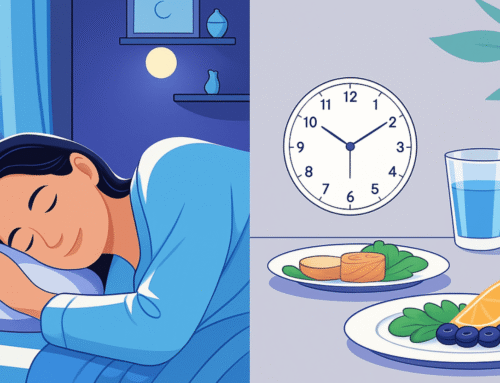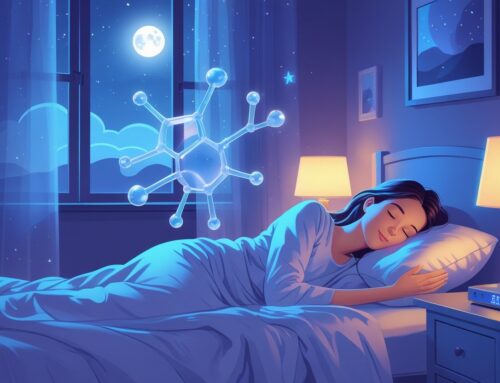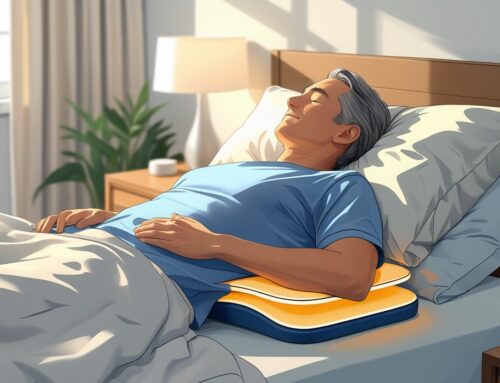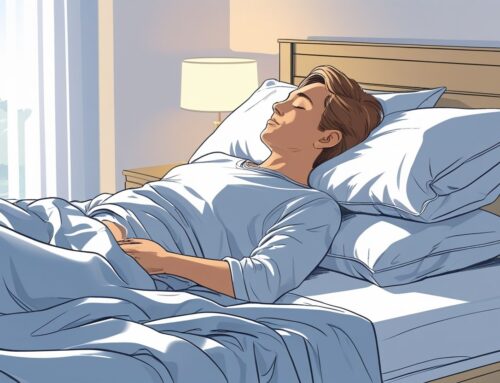Struggling to fall asleep is something many people deal with. Some lie awake with racing thoughts, while others wake up through the night and can’t get back to rest. Hypnotherapy is one option people try when sleep feels out of reach. The idea is simple: calm the mind, ease anxious thinking, and reshape habits that keep the body from settling into sleep.
During a session, a hypnotherapist guides you into a state of deep relaxation. You’re not asleep, but you’re focused and open to suggestions that encourage better sleep patterns. These suggestions may help shift how you think about rest and prepare your body to relax more easily at night. Some people even use recordings or apps at home, building them into their nightly routine as a way to wind down.
This approach isn’t a cure on its own, though. It works best when paired with other healthy habits, like keeping a regular bedtime, limiting screen use at night, or creating a calm sleep environment. Research is still ongoing, but early studies suggest hypnotherapy may lower anxiety and support deeper rest for some.
Key Takeaways
- Hypnotherapy can help quiet the mind and ease unhealthy sleep habits.
- It relies on relaxation and guided suggestions that support healthier thinking about sleep.
- The best results usually come when it’s combined with other ways to improve sleep.
- A supportive mattress works hand in hand with hypnotherapy, as physical comfort makes it easier for the mind to enter deep relaxation.
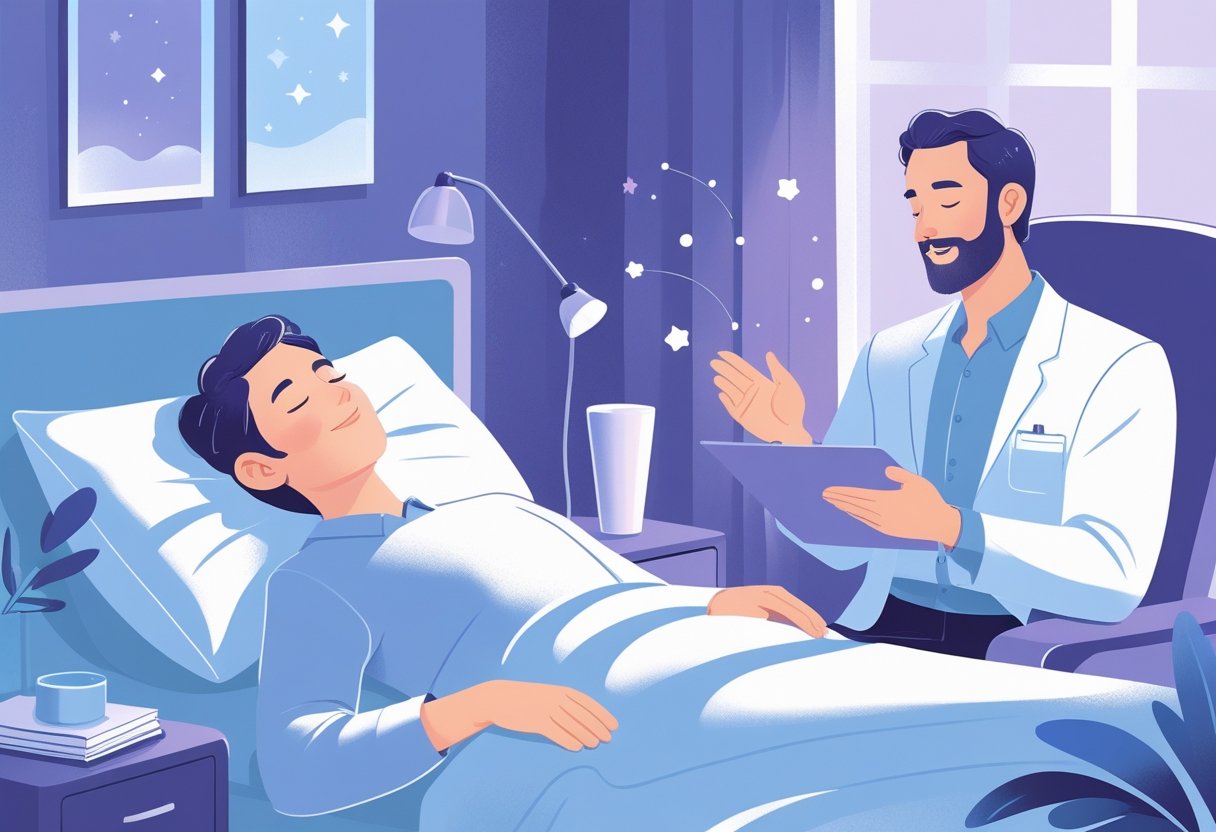
What Is Hypnotherapy for Sleep?
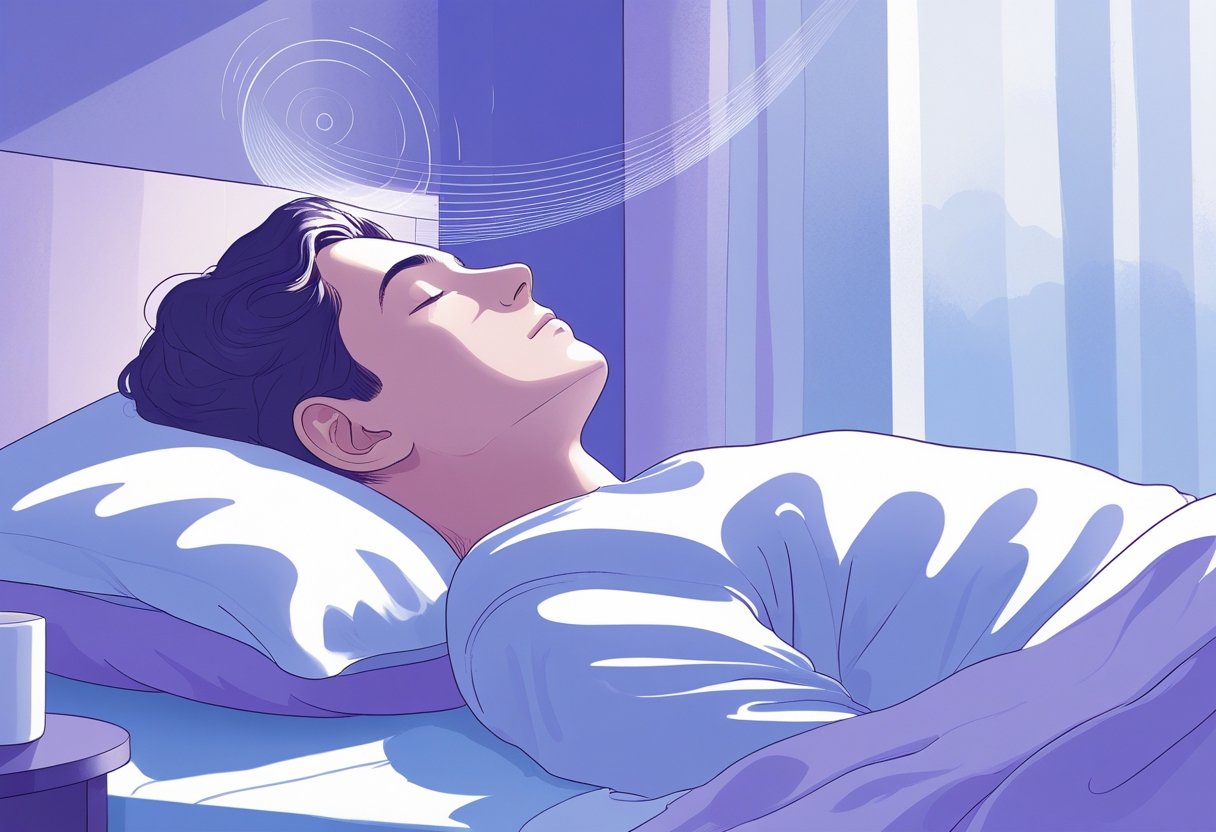
Hypnotherapy for sleep uses hypnosis to help people rest better. It works by shifting thoughts and habits that get in the way of sleep. The goal is not to put someone to sleep during hypnosis but to lower stress and unhelpful patterns that affect bedtime.
Understanding Hypnosis and Sleep
Hypnosis is a state where a person feels deeply relaxed yet still awake. In this state, the mind is more open to suggestions. Hypnotherapy takes advantage of this by planting calm and positive ideas that reshape how someone thinks about rest. This method can help with problems like stress before bed or poor sleep routines. By creating a calm mindset, it supports habits that lead to steady, restful nights. The process might include calming words or mental images that prepare the brain for better sleep.
Difference Between Hypnosis and Sleep
Hypnosis and sleep are not the same. Sleep is a natural process where the body rests and repairs itself. Hypnosis, on the other hand, keeps the person awake but deeply focused. In hypnosis, the body does not recover the way it does during sleep. Instead, it works on the mind. It tackles stress, racing thoughts, or fears around bedtime. This mental shift makes it easier to fall asleep later and stay asleep longer.
Types of Hypnosis for Sleep
There are two main kinds of sleep hypnosis. One is guided by a professional. The other is self-hypnosis, which uses recordings or apps. Professional guidance is usually more effective because the therapist adjusts suggestions to fit the person’s needs. Self-hypnosis relies on listening to calming recordings meant to ease the mind. While this can help, not all recordings are reliable. Getting advice from a trained professional ensures the approach is safe and suited to each person’s sleep issues.
How Hypnotherapy for Sleep Works
Hypnotherapy for sleep uses focus and guided exercises to shift the way someone thinks about rest. The goal is to change habits or thoughts that keep sleep out of reach. A session usually blends calm breathing, mental images, and gentle direction to create the right state for falling asleep.
Stages of a Hypnotherapy Session
A session starts with the therapist explaining what will happen and answering any questions. After that, the client is asked to focus on calm thoughts or images. This helps ease tension and clears the mind. As the person relaxes, the therapist guides them into a deeper state of focus, where outside distractions fade. In this space, the mind becomes more open to guidance. The therapist then gives specific suggestions tied to sleep concerns like insomnia, racing thoughts, or anxiety about bedtime. The session wraps up with steps to return to full awareness. Long-term results usually take several sessions.
Hypnotic Suggestions for Better Sleep
Suggestions given during hypnosis are designed to break unhelpful patterns. These can include building a steady bedtime routine, easing worries about not sleeping, or letting go of tension at night. Every client may receive different suggestions, depending on their challenges. Some focus on creating more calm before bed, while others support deeper rest once sleep begins. Many therapists combine these suggestions with other methods, like CBT-I, to strengthen healthy sleep habits.
Role of Relaxation and Visualization
Relaxation is at the center of sleep hypnotherapy. It helps lower stress and reduce the tightness in the body that keeps people awake. Visualization is another tool. It asks the client to picture a peaceful setting, such as a quiet beach or a safe, comfortable space. This mental practice redirects the mind from worry to calm.
When relaxation and visualization work together, they set the stage for easier sleep. People who try these methods often say they feel less anxious at night and more prepared to rest.
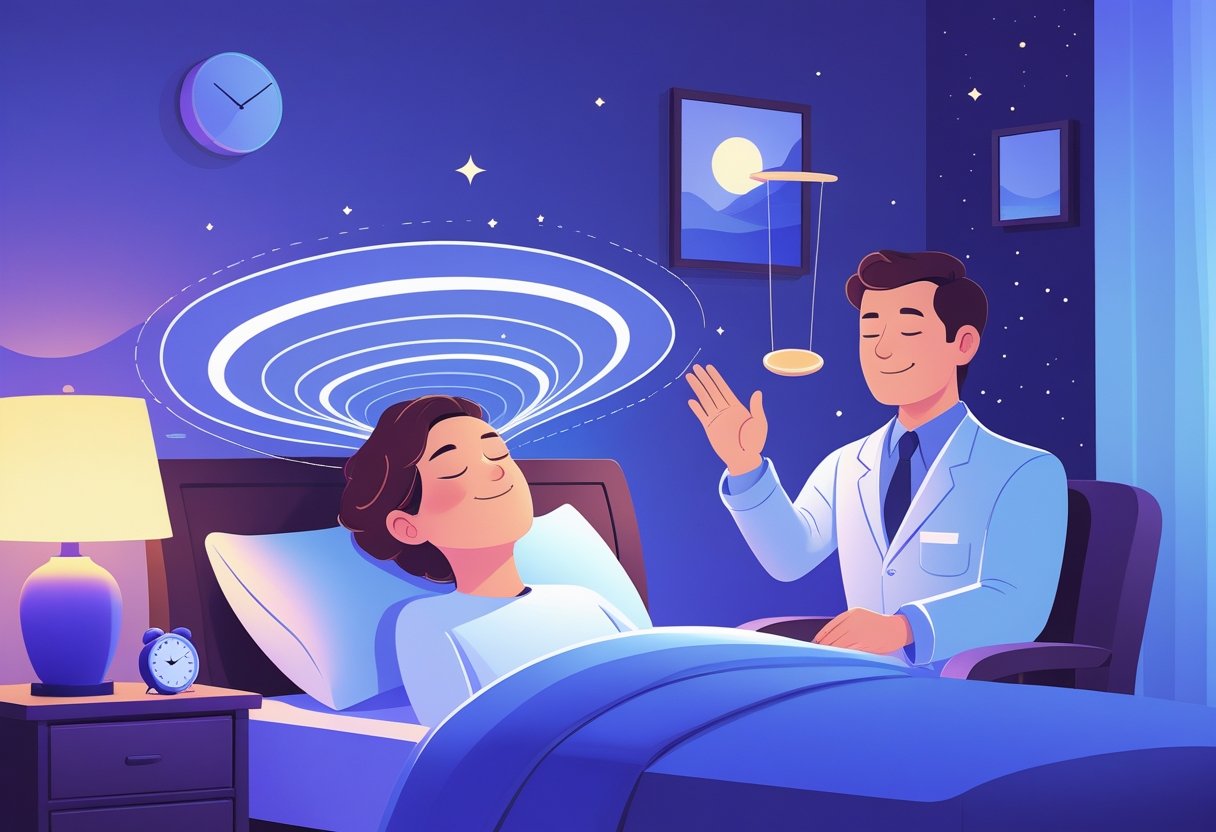
Effectiveness and Scientific Evidence
Hypnotherapy has been tested as a way to deal with sleep problems, especially insomnia. The results are mixed, but many studies show that it can help people sleep better and longer. How well it works compared to other treatments depends on the condition being treated and how the research was done.
Research Studies on Hypnotherapy for Sleep
Researchers have looked at hypnotherapy for different sleep issues. About half of the studies show it helps people sleep better. Most of these studies involved adults who also had other health conditions, not just sleep problems.
The quality of the studies isn’t the same across the board. Some were randomized controlled trials, while others were more basic observational studies. Many had small groups of people and used different types of hypnosis. That makes it tough to say for sure how effective it is. Still, side effects were uncommon and usually mild. Stronger research is needed before clear answers can be given.
Benefits Compared to Other Sleep Treatments
One clear advantage of hypnotherapy is that it doesn’t involve medication. Unlike sleeping pills, hypnosis has very low risks and can be adjusted to fit someone’s needs. It’s usually short-term and flexible, which appeals to both patients and doctors. But when compared to cognitive behavioral therapy for insomnia (CBT-I), hypnosis has less evidence behind it. CBT-I is still the most recommended treatment because it has stronger proof of success.
Even so, hypnotherapy may still be useful for people who want non-drug options or those who don’t respond well to other treatments.
Sleep Quality and Duration Improvements
Hypnotherapy may help people fall asleep faster and feel more rested. Some studies suggest that it can even increase deep slow-wave sleep, which is the most refreshing stage of rest. But the research comes from small groups, so results aren’t always the same.
The impact of hypnosis on sleep length and quality depends on the individual and the way the study was run. It may work best when combined with other treatments or when aimed at specific sleep issues like insomnia. The evidence so far is encouraging, but not strong enough to call it a complete solution on its own.
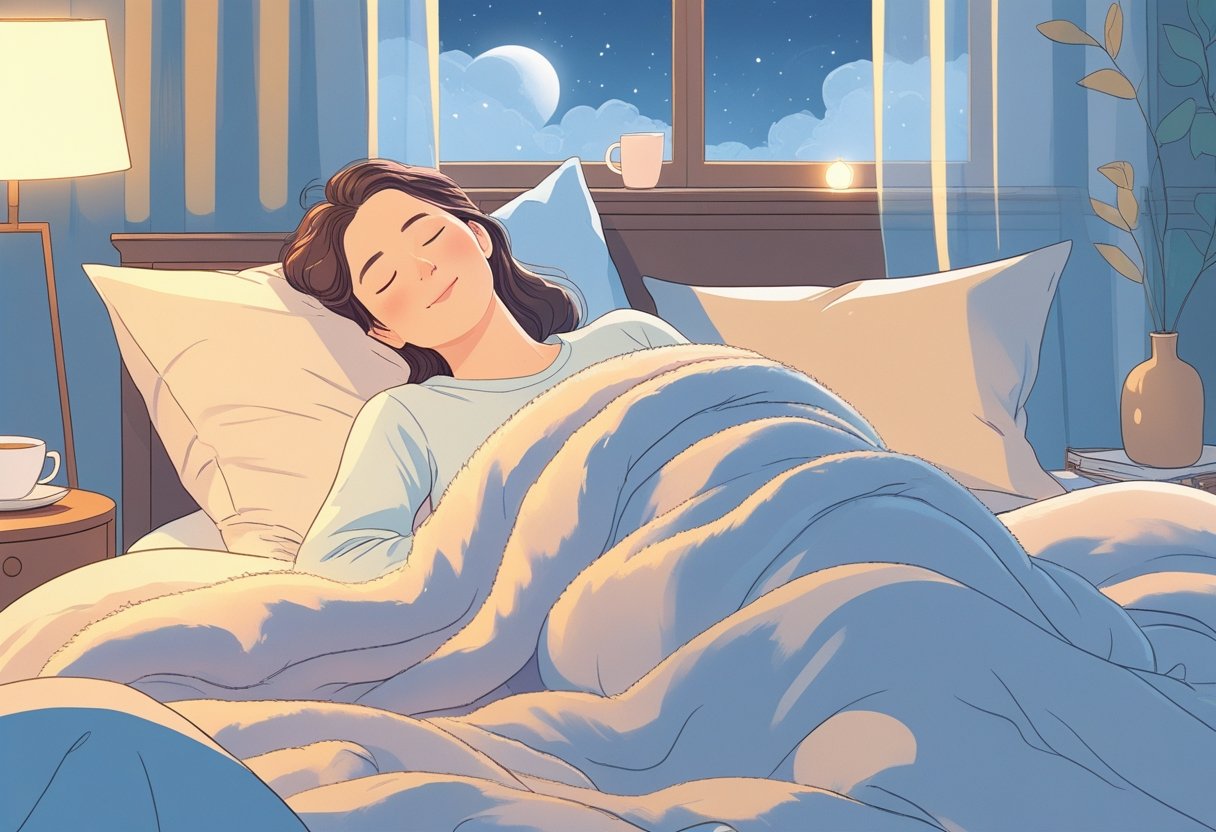
Hypnotherapy for Insomnia
Hypnotherapy for insomnia uses guided relaxation and focused attention to calm the mind and support better sleep. It works by easing stress, reshaping unhelpful sleep habits, and creating a setting where rest comes more naturally. Some people use it alone, while others pair it with lifestyle changes or medical treatments. Its success depends on the individual.
Hypnosis for Insomnia: How It Helps
Hypnosis puts someone into a calm, trance-like state where the mind is more open to useful suggestions. In this space, a person may accept ideas that support healthy sleep patterns. This helps cut down on anxious thoughts or racing feelings that block rest.
Sessions usually start with breathing exercises or gentle muscle relaxation. From there, the hypnotherapist gives cues such as “You will fall asleep easily.” The person is still aware and in control, even while relaxed. Research is still limited, but some people report falling asleep faster and staying asleep longer. Since it does not involve drugs, there are fewer risks like grogginess or dependency.
Addressing Root Causes of Insomnia
A key role of hypnotherapy is reducing stress and worry that feed into sleeplessness. By slowing the mind and body, it can break the loop of lying awake and worrying about not sleeping. This can make rest feel less pressured and more natural.
It also helps shift harmful thoughts about sleep itself. Many people carry the fear of sleepless nights, which becomes a block on its own. By easing these fears, hypnotherapy gives room for better routines to develop. That said, it does not treat physical problems like chronic pain, so it is best used alongside medical care if health conditions play a role.
Hypnotherapy Versus Traditional Treatments
Hypnotherapy is different from standard treatments like sleep medication or cognitive behavioral therapy for insomnia (CBT-I). Unlike drugs, it does not bring side effects or risk of dependence. And unlike CBT-I, which focuses on actively changing thought patterns, hypnotherapy works through relaxation and suggestion.
Some people use it along with sleep hygiene steps, such as keeping a steady bedtime or reducing screen use at night. Doctors may recommend it as part of a broader plan since research is still developing. While generally safe, it should not be used by people with certain mental health conditions, and it is best done with a trained professional.
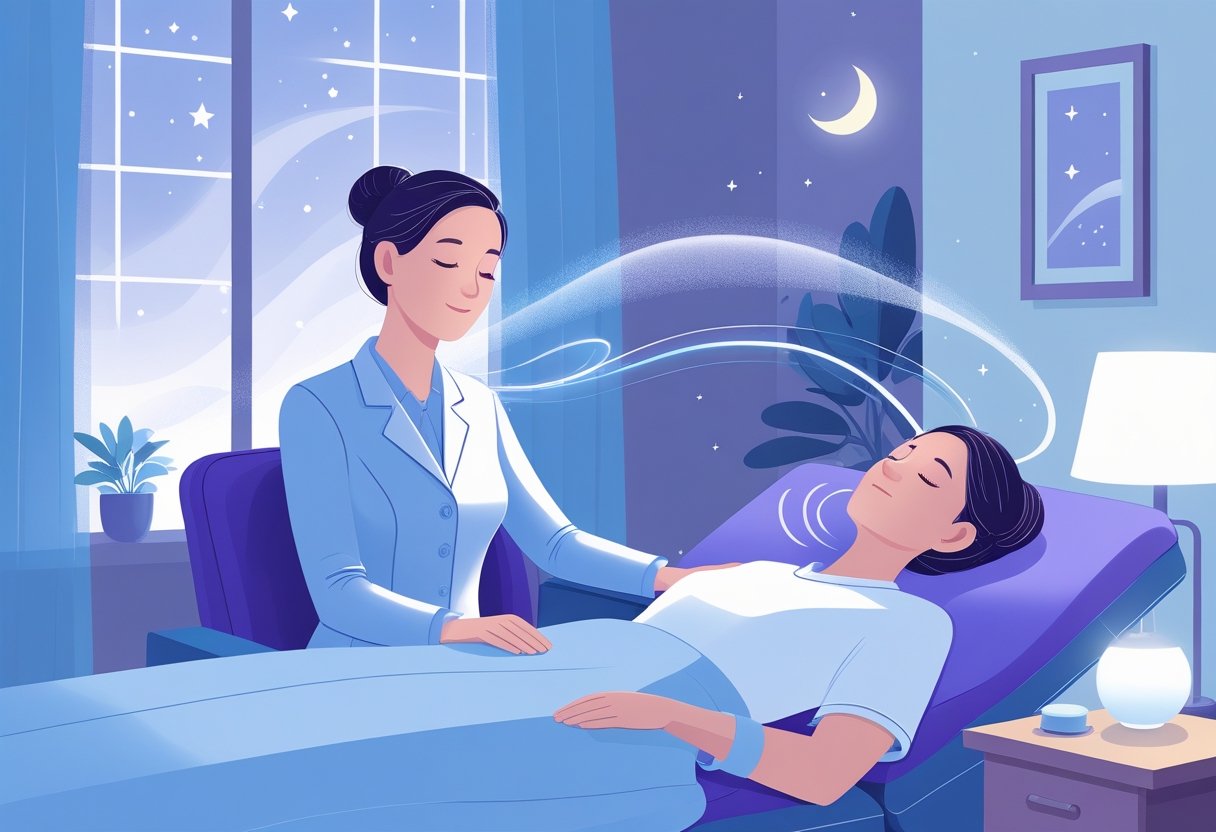
Self-Hypnosis and At-Home Techniques
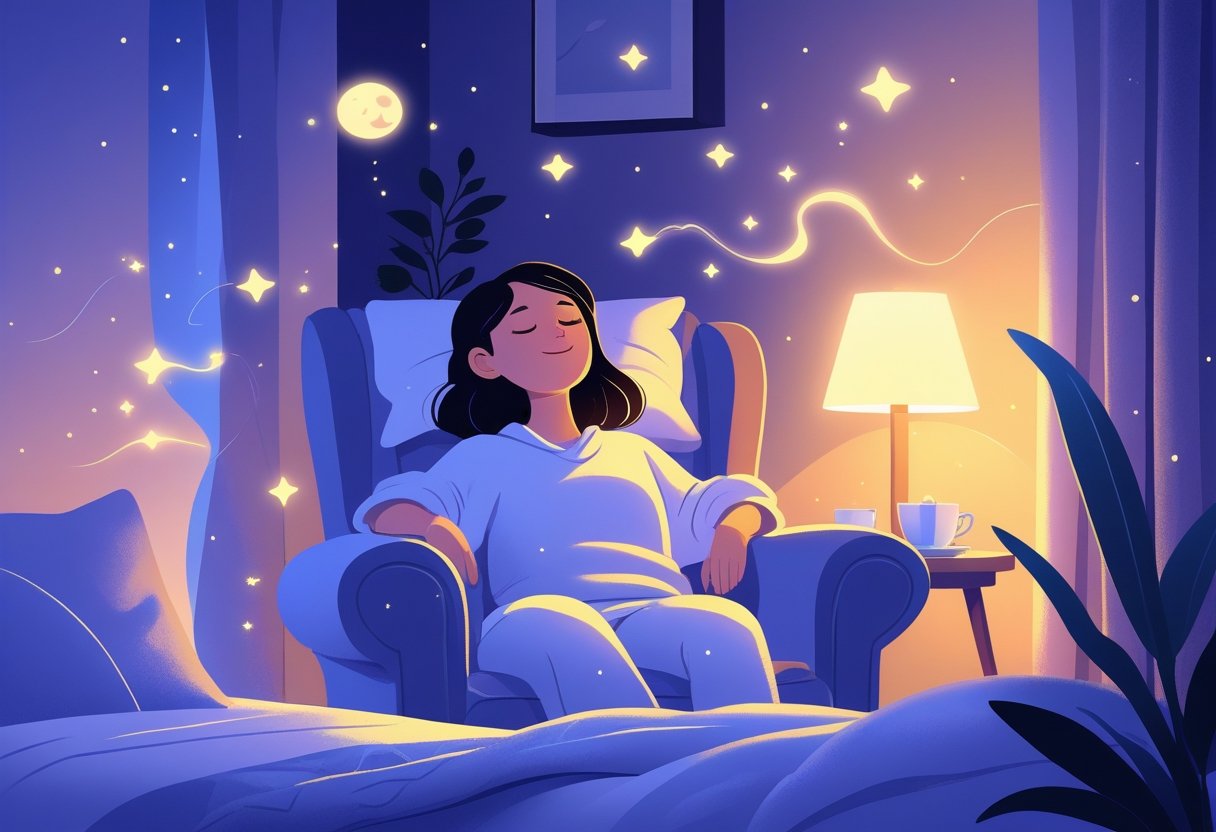
Self-hypnosis for sleep is a way to guide yourself into a calm state so you can rest better. You can do it on your own through simple steps or use recordings with guided instructions. To use it safely, it helps to understand the process and know what works best for you.
Steps for Self Hypnosis for Sleep
Start by finding a quiet spot where you can sit or lie down comfortably. Focus on slow breathing until your body feels more relaxed. Then, think about calming images or repeat simple phrases like “I am relaxed” or “I will sleep deeply.”
Once you feel settled, block out distractions and let your thoughts focus on rest. At this point, you can suggest ideas to yourself such as sleeping peacefully through the night or waking up refreshed. When you’re ready to finish, gently bring your awareness back before ending the session. This can be practiced every night or whenever sleep is difficult.
Guided Audio and Video Resources
Some people prefer to use guided audio or video recordings. These provide step-by-step instructions and often include soft background sounds like music, nature noises, or calming voices. They usually last 10 to 30 minutes, making them easy to fit into a bedtime routine.
For beginners, guided tools can be helpful since they reduce guesswork and create structure. Choosing recordings from trained hypnotherapists or reliable sources is important. This lowers the chance of using poor-quality material that might not work as intended.
Tips for Safe Self-Application
Before beginning self-hypnosis, it’s smart to talk to a healthcare provider, especially if you have medical or mental health conditions. While it’s safe for most people, it may not be suitable in every situation.
Use a quiet, comfortable space and practice at the same time each day to build stronger habits. Never use self-hypnosis while driving or doing tasks that require attention. Always end the session fully and make sure you feel alert before moving on. If you feel unsettled or confused during or after practice, stop right away and ask a professional for advice.
The Connection Between Mattress Support and Hypnotherapy
Sleep quality depends on more than just closing your eyes. A mattress with good support helps the body stay in a natural position, easing pressure on the spine and joints. This reduces tossing at night and creates a calmer environment for rest. When the body feels supported, it’s easier to relax. Since hypnotherapy relies on deep relaxation, the right mattress plays a quiet but important role in helping it work better.
Without enough support, sleep gets interrupted by discomfort. This not only affects rest but also breaks the relaxed state needed in hypnotherapy. People who use hypnotherapy for sleep concerns may notice stronger results when their mattress supports them properly. Both the mind and body need comfort to settle into real rest.
- Mattress support keeps the spine aligned and reduces pain.
- Hypnotherapy relaxes the mind and body.
- Together, they create better conditions for falling asleep.
During sessions, hypnotherapy uses calming suggestions to release tension and quiet racing thoughts. A supportive mattress adds to this by removing physical strain that might pull someone out of rest. Hybrid models like the Nolah Evolution 15” give a balance of firmness and cushioning, which makes the body feel steady yet comfortable. In the end, hypnotherapy guides mental relaxation while mattress support ensures the body feels at ease. The two together create a stronger path toward deeper and more peaceful sleep.

Frequently Asked Questions
Hypnotherapy uses relaxation and guided suggestions to improve sleep. It works on stress, anxiety, and habits that disrupt rest. The approach differs for each person, with sessions and safety steps tailored to their needs.

